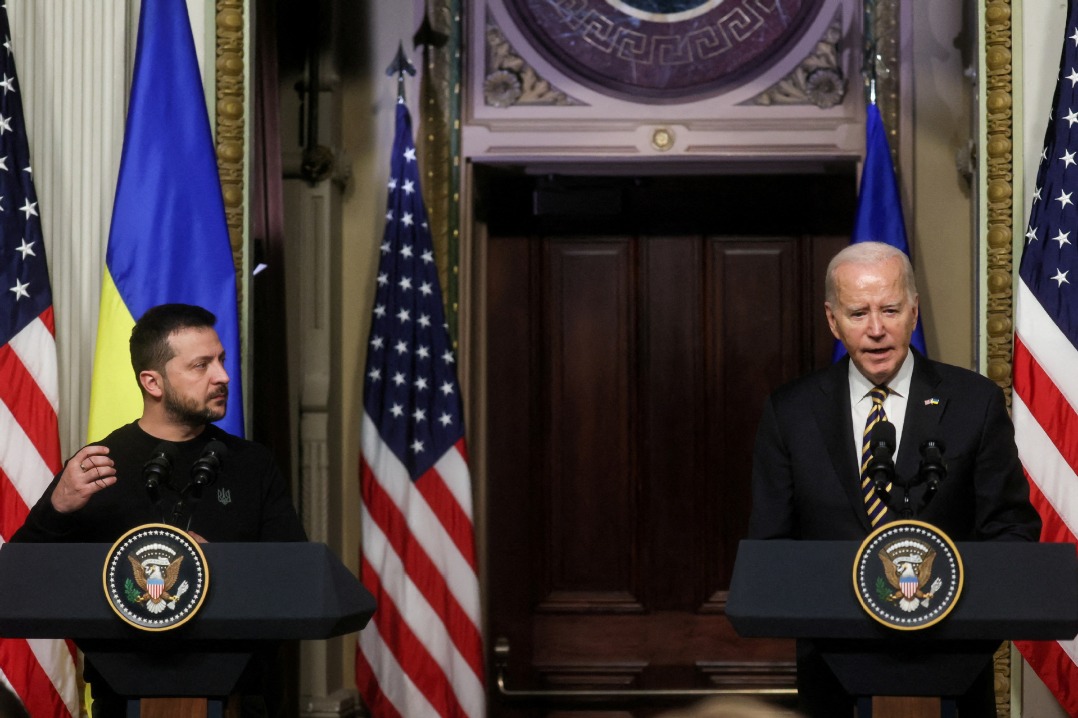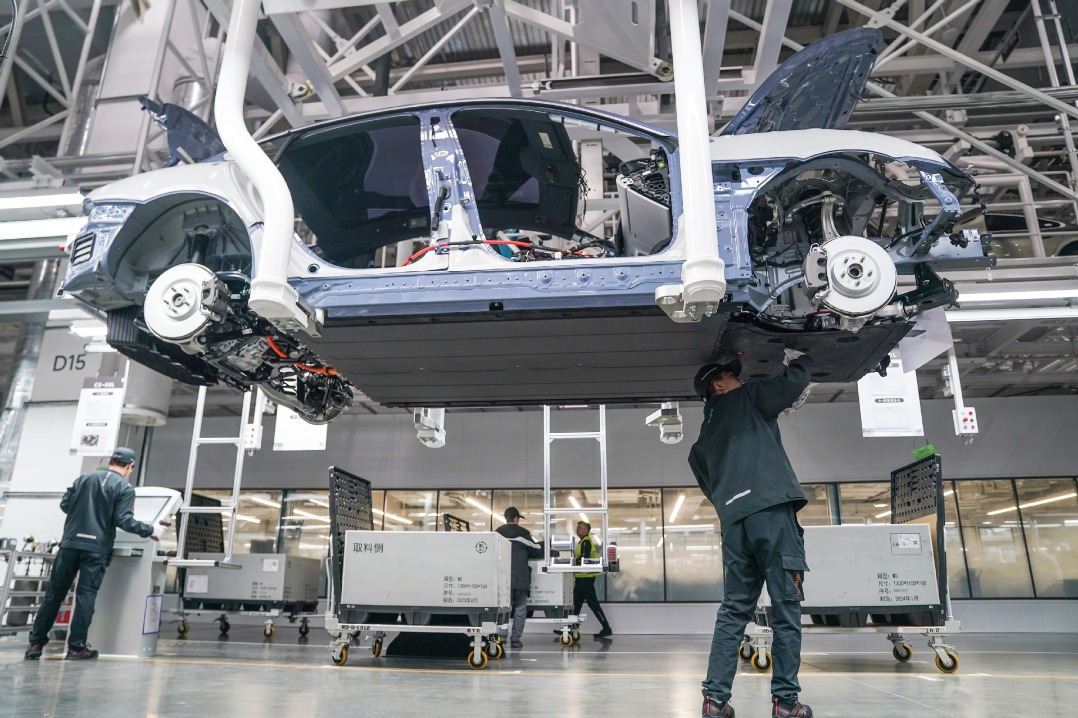Modernization drive gains momentum in new year
China Daily | Updated: 2020-01-14 08:47

As 2020 begins, China's modernization drive continues to gain momentum.
In South China's Guangdong province, one of the country's major economic powerhouses, high-tech and new-industry sectors are powering economic growth, along with the upgrading of traditional manufacturing.
Zhou Zhen, founder of Guangzhou Hexin Instrument, ushered in the new year with a hectic schedule. The entrepreneur attended one meeting after another to lay out this year's development plan for his company, which is emerging as a leader in the mass spectrometry industry, producing devices used to detect microbes, pesticide residues and pharmaceuticals.
Hexin sold more than 300 million yuan ($43.3 million) worth of mass spectrometers last year, its fifth year of rapid sales growth. It is building a research institute in the Guangdong-Hong Kong-Macao Greater Bay Area.
"Like many enterprises, we are facing difficulties, but small and medium-sized enterprises are trusted to do great things, and we have the confidence in overcoming difficulties in the new year," Zhou said.
The added value of Guangdong's strategic new industries increased by 7.5 percent year-on-year in the first 11 months of 2019, according to official estimates. In computer, communication and electronic equipment manufacturing it grew by 7 percent, and in electrical machinery and equipment manufacturing it grew by 8.5 percent.
The GDP of Guangdong, home to 45,000 high-tech companies, is expected to have exceeded 10 trillion yuan last year, up from 9.73 trillion yuan in 2018.
Innovation is instrumental as China strives for modernization, and its people are embracing an innovative spirit.
In Chengdu, capital of southwestern China's Sichuan province, which is famous for hot pot dishes, restaurant owners are trying new ways to bring their special cuisine culture to the next level.
In Tianfu Hot-pot Town, hot pot tables stand in gardens, float in the lake and even sit on trees. Each day, crowds of local foodies boil hot pot ingredients in spicy soup as music blasts and lights shine.
The unique way of consuming hot pot is so different that it has made the town a big hit on Chinese short-video sharing app Douyin, know overseas as TikTok.
"In the past, the area was deserted. It was dirty and messy," said Fu Wei, general manager of a local hotpot restaurant. "We later transformed the water and planted a lot of trees here."
Fu invited many farmers and young people to work in the innovative town, which now guarantees an annual income of up to 50,000 yuan for each of them. The restaurant receives up to 3,000 diners a day, with sales revenue reaching 300,000 yuan a day.
"They truly innovate the industry," said local official Yang Yang. "This interesting way of dining also helps impoverished farmers, who either work there or provide agricultural products to the town."
While development is important, China has abandoned the grow-that-all-costs model and switched to green, sustainable and high-quality growth.
Take new energy vehicles for instance.
In the first three quarters of last year, new energy vehicle sales in China rose 20.8 percent year-on-year to 872,000 units, according to the China Association of Automobile Manufacturers.
The boom resulted in strong demand for lithium-ion batteries. Contemporary Amperex Technology posted net profit growth of 45.7 percent during the same period. The company, headquartered in Ningde, in eastern China's Fujian province, is the country's largest automotive lithium-ion battery maker.
It achieved a series of technological breakthroughs last year, including self-heating technology that enables batteries to warm up from minus 20 C to 10 C in 15 minutes.
While China's domestic enterprises are on the fast track, the nation has also been welcoming foreign-invested companies to contribute to its modernization drive.
China's Foreign Investment Law took effect on Jan 1 to better protect foreign investors' interests, with unified provisions for the entry, promotion, protection and management of foreign investment.
More than 600 kilometers from Ningde, authorities have released a new plan outlining a blueprint for high-quality growth in Suzhou, in eastern China's Jiangsu province.
According to the plan, Suzhou will be home to 14,000 high-tech firms by the end of 2022, including 3,000 foreign-invested ones.
The dynamic city has 17,000 foreign-funded companies, with its actual use of foreign investment totaling $132 billion.
In Shanghai last week, electric carmaker Tesla, which is headquartered in the United States, delivered the first batch of 10 made-in-China Model 3 sedans to the public, one year after breaking ground on its first overseas plant in the city.
"We'll continue to make significant investments in China, making Model 3, Model Y and future models as well in China," Tesla CEO Elon Musk said.
Xinhua























